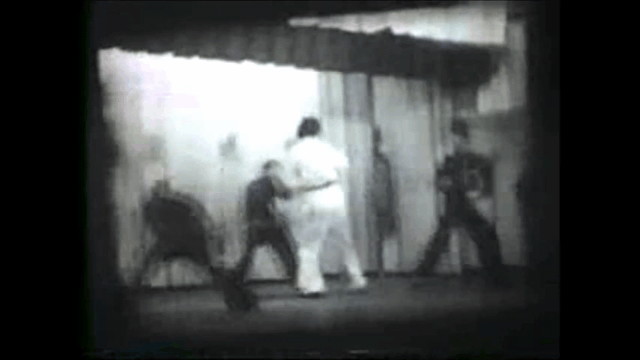But de-escalation is still an option even after punches are thrown. If your shot lands hard enough that the other person doesn't want to continue then that hard punch has had a positive affect on de-escalation. Looking scared sometimes increases the chances of escalation. Looking tough or dangerous sometimes decreases the chances of escalation. In the event that you are attack without having a chance to employ de-escalation techniques a hard shot to someone's jaw or kidney may discourage them from fighting again. Avoiding a sucker punch and den knuckling up for defense may discourage that person from attacking again as their original intent was to catch you off guard.If it de-escalates after punches are thrown, then the fight happened.
When we talk about de-escalation we have to put it into context of what's trying to be de-escalated. If we are talking de-escalating a verbal argument then yes, once punches are thrown it means we failed at that point. We then go into another de-escalation attempt which is to stop the punches vs stop the argument. There's a couple of ways that can be done. stalemate, walk away, one punch hard enough that one of you doesn't want another. Even being out-skilled can ad in de-escalation. If I get into a fight with you and you move in such a way that makes me think I can't win, then it's possible that you can win without even having to return the punch that I threw.
Sometimes conflicts go in phases and each phase gives the person a chance to de-escalated it.



